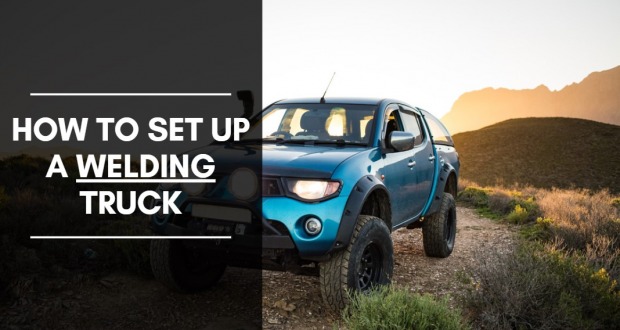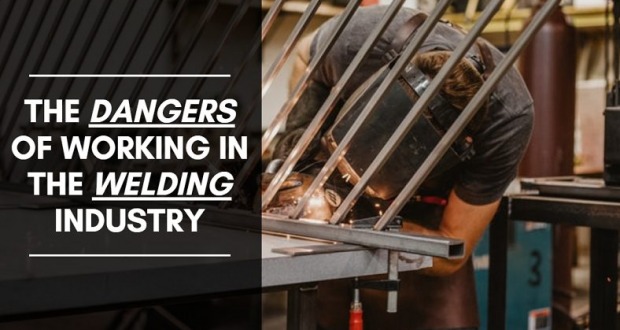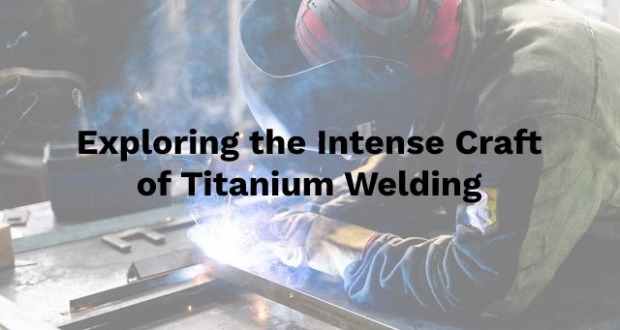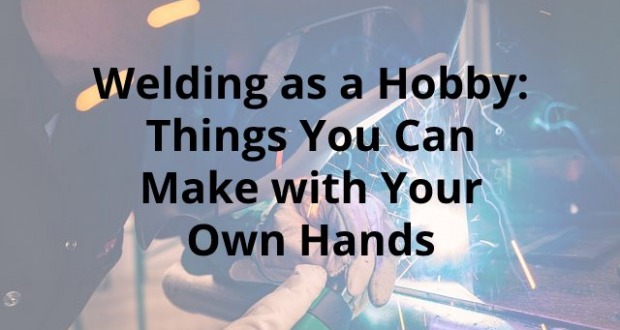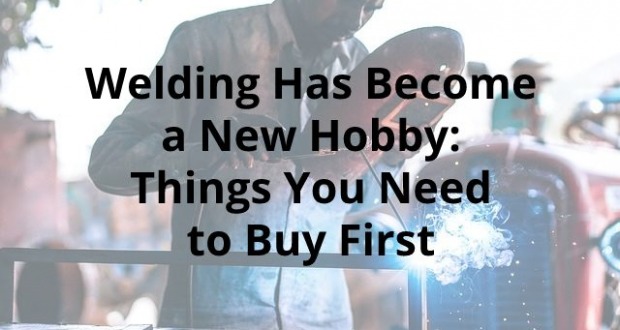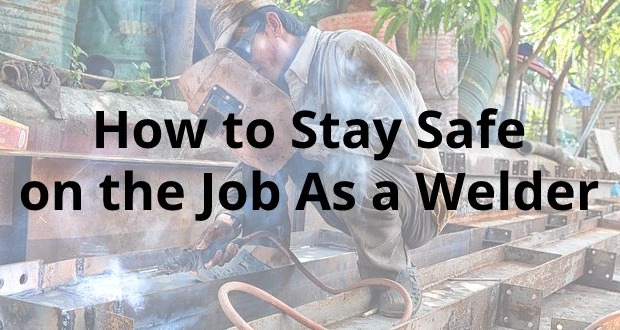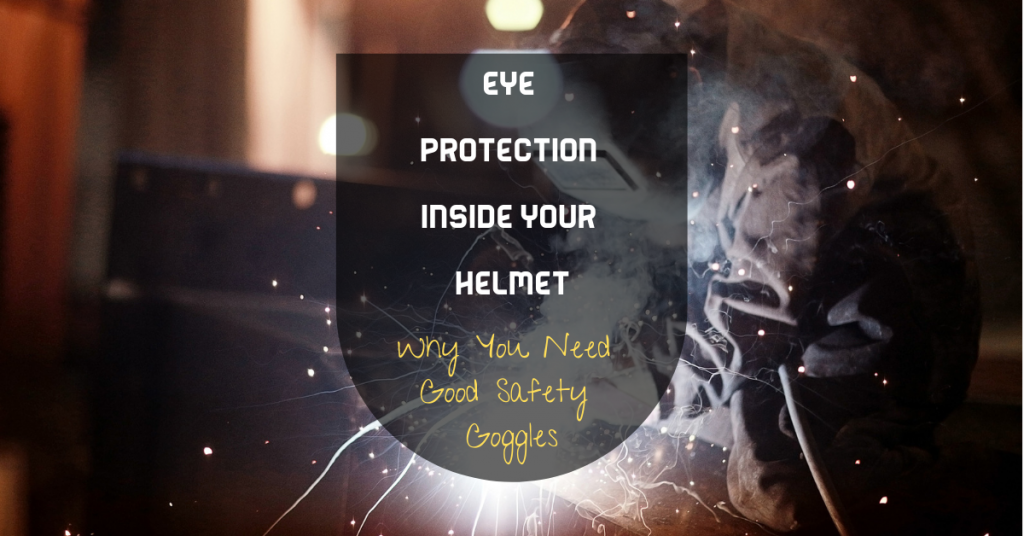
If you call yourself a welder, then you own a good welding helmet. We’ll let you determine what your definition of “good” happens to be, although there are some excellent auto darkening helmets out there on the market today.
Unless you’ve got 20/20 vision, there is a strong chance that you’re wearing some form of eye protection while you’re also wearing your helmet. You might have glasses on, a pair of safety goggles, contact lenses, or something that your doctor has specifically prescribed for you.
What are your options for eye protection that help when your welding helmet is on? Do you even need another layer of eye protection with a helmet? And what happens if your glasses, goggles, or contacts interfere with how your welding helmet protects you against the brightness of a welding arc?
Let’s get those questions and more answered right now.
How Do Eye Injuries Happen with a Welding Helmet?
When welders put on their helmet, the full-face shield feels like a wall of protection for the eyes. In some ways, it is. You have protection against sparks, light pollution, spatter, and similar welding hazards.
What many welders don’t think about is the fact that there are other environmental hazards when welding which may cause an eye injury even when the helmet is properly worn. There may be a low perception of risk, but it is a risk nonetheless which requires proper safety attire.
Welders have experienced eye injuries while wearing their helmet in the following scenarios.
· Mechanical damage, such as chipped slag, which came underneath the hood of the helmet to impact the eye.
· Photochemical burns and radiation damage from infrared, ultraviolet, or intense blue-spectrum light which was not blocked by the welding helmet.
· Chemical irritation and burns from fumes or liquid exposure that came underneath the shield of the helmet.
In commercial and industrial settings, employers will train workers about these potential dangers. An eye protection plan should be implemented and displayed to encourage proper welding behavior.
If you’re welding at home, however, it is up to you to make sure that you’re properly protecting your eyes from harm.
Welding Helmets Protect You from This
When you wear a welding helmet, it will protect you against welder’s flash and burns. What they won’t protect you against are the hammering, chipping, and grinding debris that is required to make a good weld.
Safety goggles or shields that offer a shade rating of at least 8 should be available whenever you are gas welding. And, when you’re arc welding, you should always be wearing a pair of safety glasses or your prescription glasses at the very least.
Although you may see some websites saying that you shouldn’t wear contacts under your welding helmet, the American Welding Society and the National Safety Council disagree. You just cannot use contact lenses to replace safety glasses or goggles.
To make sure your eye protection is the best that it can be, you will want to follow these steps before you start welding.
1. Review the environment where you plan to weld, taking note of any fire or explosive hazards that may be in place.
2. The immediate area should be free of tripping hazards since your peripheral vision is removed when the welding helmet is down.
3. Cover any reflective surfaces to prevent the brightness of an arc flash from penetrating your helmet protection.
4. Make sure that your safety glasses or goggles fit comfortably. Test them to make sure your welding helmet fits over them in a comfortable way.
5. Isolate with curtains or some type of barrier to prevent second-hand exposure to others who may come through the area.
6. Offer eye protection to anyone else who may be in the area when you are working on items.
7. Make sure that you wear gloves, clothing, and similar protective items to protect against ultraviolet and infrared radiation.
8. Seek treatment immediately if you experience a flash burn or some type of injury to the eye.
What Is the Best Way to Control Eye Injuries?
25% of all welding injuries are eye injuries, according to research published by the Liberty Mutual Research Institute for Safety.
The welders who are most at-risk for suffering an eye injury while working are those who are working on fabricated metals, computer equipment, commercial machinery, or industrial machinery.
To prevent an eye injury from occurring, it is essential that welders remember one basic fact: a welding helmet by itself is not a guarantee of protection. All welders should also wear safety glasses or goggles with side shields that comply with ANSI Z87.1 at the same time they are wearing their welding helmet.
Suitable eye protection should also be worn when performing oxygen cutting or when gas welding.
If you are in an environment where dust, impact, or radiation hazards exist, choose safety goggles over safety glasses for best results.
Why Do Welders Choose to Skimp on Safety?
Derek Baker, Senior Technical Service Specialist at 3M, told The Fabricator that not wearing safety goggles under a welding mask is one of the most common paths to injury. They flip up the mask to make a low-risk adjustment or a quick change, which leaves their eyes exposed to the dust and debris that is in the environment at that time.
“Cheating, or not having the proper PPE on hand and just doing the work, is a quick way to injury,” he said. “You’ve got to have the safety spectacles on all the time as your primary protection wear under your helmet.”
Welders cheat on their personal protective equipment because it is uncomfortable, hot, and cumbersome.
If you find that it is difficult to wear glasses or goggles underneath your helmet, then look for a modern welding helmet which provides you with wrap-around protection. These units are intended to provide an all-in-one solution which provides you with face, eye, hearing, and respiratory protection.
Some of the best welding helmets today even have cooling fans in place to reduce facial sweat and prevent lens fogging.
You must always have the proper personal protective equipment under your helmet. Safety glasses or goggles are really your own guaranteed options available to reduce risk.

